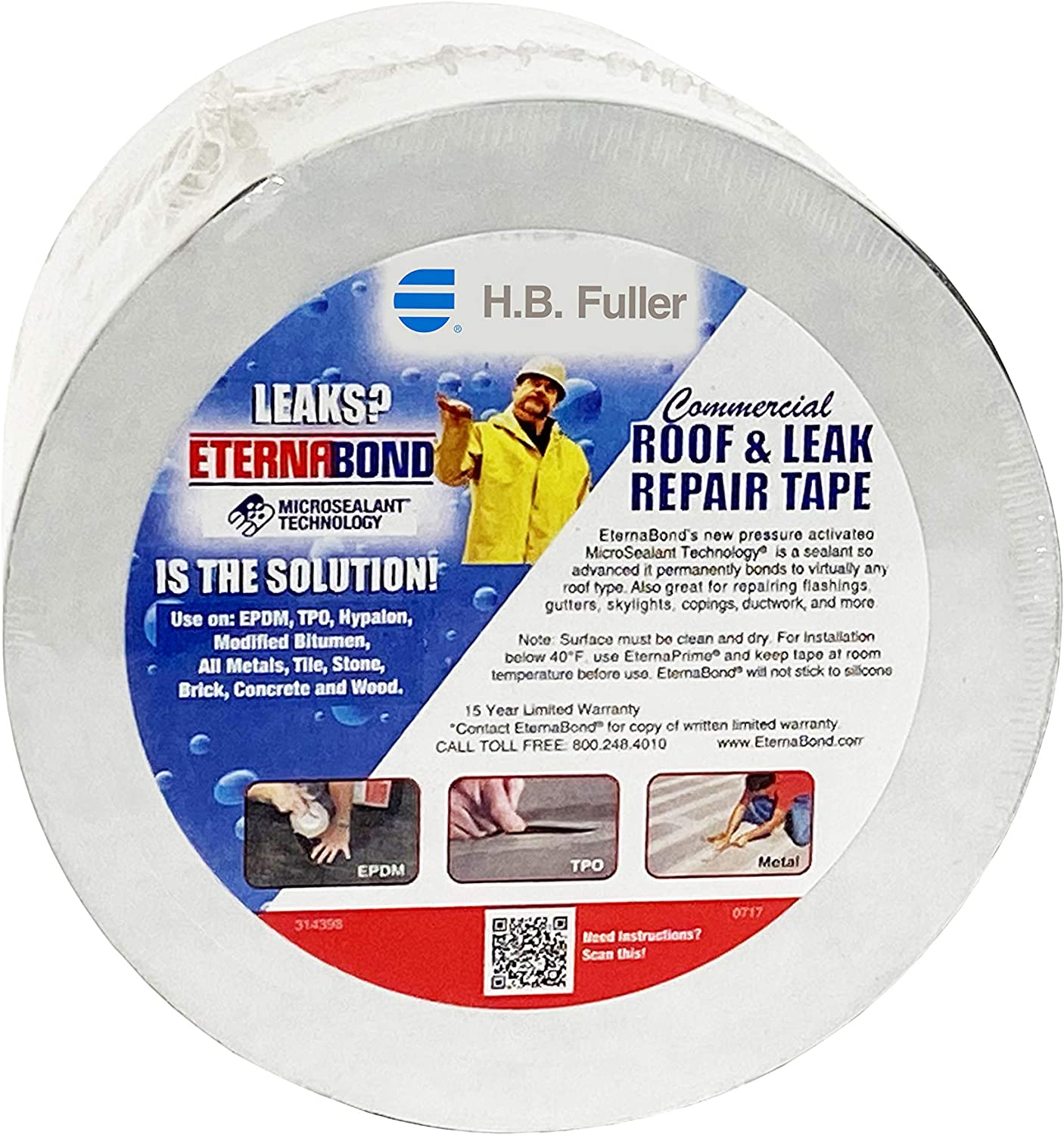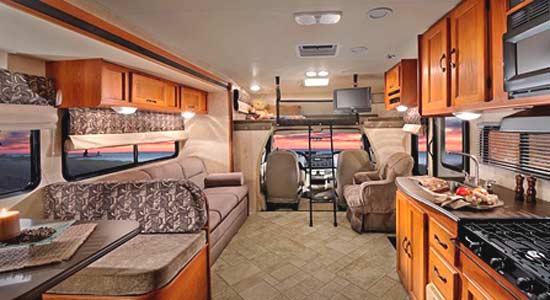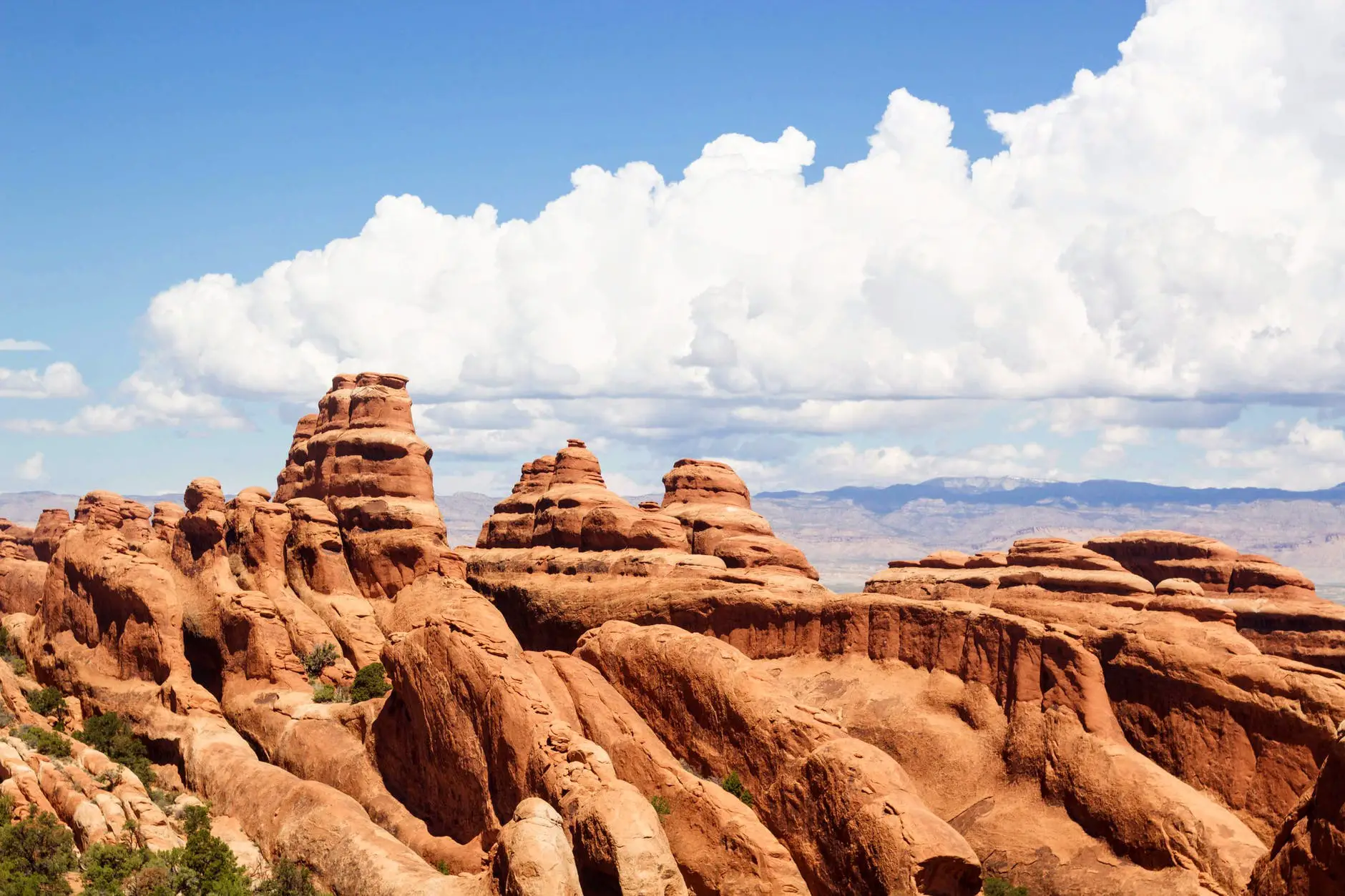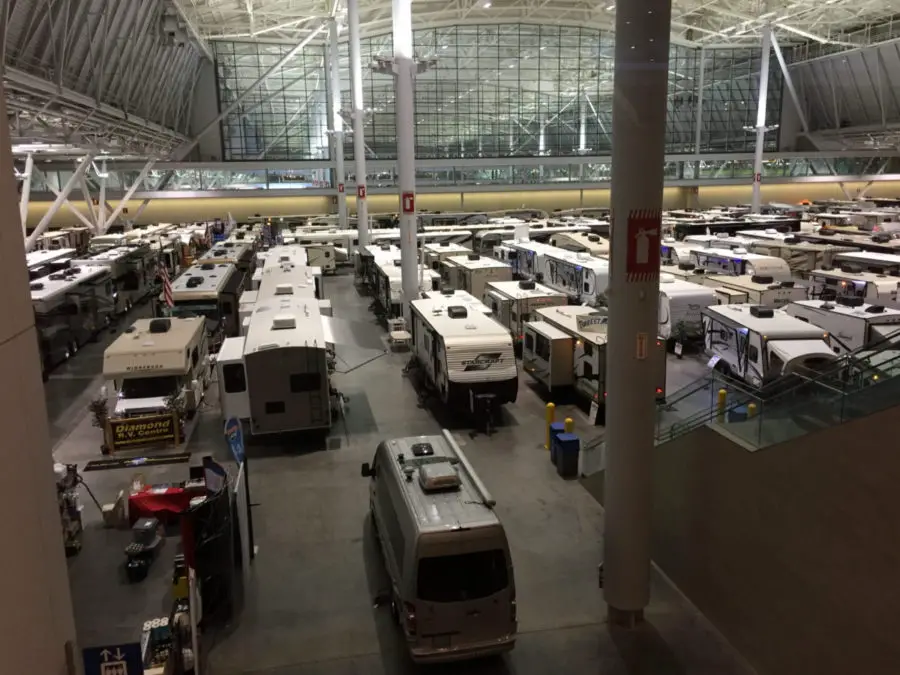I think most of us RV owners ask this question at one time or another. Water penetration is one of the most feared topics as it can single-handedly destroy your RV. It is usually hidden out of sight until it is too late and the damage has been done. You are told regular inspection and maintenance is the only true way to help protect your investment, but many have no idea when it comes to sealing an RV roof.
Great question, but first you need to know what material your roof is made of. For your roof to be sealed correctly it is important that you use sealants compatible with the material of your RV roof. If not done correctly you will just build a layer of products that water will still penetrate and make finding a leak that much harder.
Question is!
Have you found water damage from a leak or just wanted to get ahead of it and do some yearly maintenance? We will try to help with the process and explore the different types of roofing material used to construct an RV roof. We will also discuss how to do a thorough inspection, some tips for preventive maintenance, and some of the best products for different ways of sealing an RV roof.
Water can come at you from all angles in your RV such as the main roof, roof seams, around openings in the roof, windows, slides, and pretty well anywhere.
I have even seen instances where it enters around running lights, travels back a few feet hidden from sight, and then runs down the wall to cause damage. You really need to be a detective and eliminate one suspect at a time once you have found damage has entered your space.
Here is another great article you may be interested in – How long do RV tires last?
What types of material is an RV roof made from?
There are 4 common materials used to construct an RV roof
1. EPDM
Ethylene Propylene Diene Monomer – (EPDM product is called rubber roofing or rubber membrane) EPDM roofing is manufactured from a combination of recycled automotive tires, slate dust, and sawdust. Being manufactured from recycled materials, the end user cost is a lot lower.
Advantages: EPDM has a life span if cared for correctly of up to 20 years. EPDM is very resistant to scuffing and scratching and if damaged can be easily repaired with the correct sealer and materials. Unlike TPO, EPDM can withstand high heat loads.
Disadvantages: EPDM as standard comes as black, which is not what you really need on an American RV roof, especially in summer when you need to reflect the sun’s heat rather than absorb the heat. To overcome this problem the EPDM for American RV motorhomes can be purchased in a white color, the same material that the RV manufacturers use. This coloring of the EPDM would add an extra 30-40% to the final cost.
2. Rubber TPO
Thermoplastic Polyolefin is a single-ply roofing membrane that is one of the fastest-growing commercial roofing systems on the market. TPO roofing systems are made up of a single layer of synthetics and reinforcing scrim that can be used to cover flat roofs.
Advantages: TPO covering is UV resistant. This allows the TPO to stay cool in the strong sunlight. The fact the covering is UV resistant allows us to use whatever color you want. Also, TPO is resistant to mold, does not accumulate dirt, and is highly resistant to impact and puncture.
It is also flexible so that it can adjust with the movement of the RV. Furthermore, TPO can easily handle thermal expansion and contraction. This allows the American RV motorhome to visit hot and cold climates without affecting the roof.
Disadvantages: One of the biggest drawbacks of using TPO is that it doesn’t last as long as EPDM. Due to the TPO technology being relatively new. Manufacturers are still trying to figure out the right chemical formula to make the product more durable and longer lasting.
The goal is to keep it remaining cheap to produce and manufacture. Finding the right formula has been quite a challenge for some of the manufacturers, some of them have had quite a lot of failures. A lot of these failures have been caused by continuous exposure to constant high temperatures from the sun.
3. Fiberglass
A fiberglass RV roof is a shiny, hard surface that is strong and requires less maintenance than rubber RV roofs. It provides a strong hard surface to walk on that won’t bend or flex. Fiberglass roofs are good for walking on but they can be extremely slippery when wet.
Even though fiberglass roofs are strong, durable, and require very little maintenance but still you can’t completely rule out the damage caused by harsh weather conditions, debris, and accidents. Water damage is the most common and biggest worry to an RV.
Advantages: With proper insulation that can handle harsh temperatures both hot and cold. Sleek/Shiny low maintenance finish that can be formed in many color choices. Better resale value than most its competitors due to the aesthetics, aerodynamics, and low maintenance.
Disadvantages: Fiberglass is a much heavier and more expensive material to use. Even though they have lower maintenance than most they are prone to oxidation and easily damaged by UV rays. Gel coat will need the occasional restoration job to keep its luster.
4. Aluminum
An aluminum roof is a much cheaper option, especially when compared to a fiberglass roof. These are very durable roofs that have stood the test of time for many years. A light option that reflects light very well but unless insulated well temperatures will fluctuate greatly.
Advantages: Low cost to build and easier to repair damage from dents and broken panels. Time tested as aluminum was one of the first products used to build the first trailers. Very light and with a wood frame it can help separate interior and exterior walls to prevent temperature fluctuations.
Disadvantages: Aluminum exteriors can be damaged easily and are not the easiest surface to be cleaned. Even though some models are sought out resale value is not what it used to be. multiple panels make for multiple places for it to leak.

Most used material for an RV roof
We are going to keep our focus on the 2 most used materials, EPDM and TPO for this article.
Sealing an RV roof
What type of roof do I have?
How do I inspect my RV roof?
For an inspection, you will need to climb up on the roof. When doing so make sure safety precautions are taken so you can return to ground level in one piece. The first thing you should look for is the obvious signs of damage. Look for any cracks, tears, or holes in the roof material. Damage of this sort can cause issues very quickly. So, learning about sealing an RV roof can really come in handy.
Next, you should be looking at any seams or seals on the roof. While many RVs have single-piece roofs today to eliminate issues that can occur at seals or seams, that’s not true for all of them. Also, just because the roof is one piece doesn’t mean it’s void of seams and seals. Anywhere the roof connects to the RV or another part or component is a potential for a leak. Look closely at these areas. If you see cracked, damaged, or worn-out-looking materials, this needs to be addressed in a timely manner.
Last but not least, many RVs have roof racks, vents, and appliances like A/C units or solar panels on their roof. These things can be extremely nice to have, but they’re attached to the roof and can be the culprit behind a leaking roof in some cases. When performing an inspection on your RV’s roof, you should look closely at these particular spots.
Be aware, that most of your roof leaks will occur at seals around vents, racks, and appliances. They deserve extra attention.
DIY cleaning and resealing your roof
How do you seal a leak in your roof?
Great video for sealing your roof vents, A/C units, and appliances
What is the best roof sealer for RV?
- Dicor 95D40-35 EPDM Rubber Roof coating – Best all around
- Pro Guard Liquid Roof – liquid sealant
- Dicor self-leveling lap sealant – Best for seams
- Best For Leak Repair and Seam Sealing: EternaBond RSW white RoofSeal Sealant Tape – Best around vents and openings
Silicone and acrylic coating systems are both great choices for restoring and extending the life of a TPO roofing system.

Eternabond Tape
This is my go-to product when it comes to sealing seams, cracks, and holes.
You can trust me on this that once you place it on a properly cleaned spot, it is not coming back off and water is not getting through.
It is a little pricy, but well worth it if you don’t want to be sealing year after year if you don’t need to.

Perfect for use on metal buildings, trailer/RV roofs and sides, drain pans, drain pipes, boats, and canoes. bonds to a wide range of surfaces including roof materials such as EPDM, TPO, Hypalon, aluminum, galvanized steel, wood, and fiberglass.
Simple and quick one-step repair, using sticky tape with no trays or messy solvents to clean up after the project completion, and no other adhesive needed
Sealing a TPO roof
See below video
How long does an RV roof last?
EPDM roof membranes remain stable over time and can have a life expectancy of over 50 years.
A general estimate puts a TPO roof longevity somewhere between 10 and 20 years.
Which RV roof is better EPDM or TPO?
EPDM roofs are the most economical choice for single-ply roofing membranes. TPO roofing membranes are more expensive than EPDM. Regardless of which membrane you choose, it is better to spend more money and invest in a thicker membrane. Both EPDM and TPO roofs perform better and last longer if they are thicker.
Final Thoughts
Remember it is a large investment, so invest a little time now and then to care for it. Especially after any storms or areas with low-hanging branches you may have encountered. It only takes a few minutes to give your roof a once over but can save you $$$ in the long run.
Always gently clean your roof before applying any sealants and use approved products for your roof type. If you can keep up on periodic inspections and needed sealings of your roof it should last you for years to come.
Imagine
Close your eyes for a moment and just think about this. It’s sunrise, you roll out of your RV, morning air feeling brisk, fire from the night before taking its last breath as it’s trying to reignite. You find your favorite chair on the site, turn it to look out over the lake, and nestle in to relax. Birds chirping and fish jumping as the new day begins. This is what it’s all about!………. Now imagine a hot cup of coffee in your hand. Life just got so much better!
For all our coffee lovers out there please read below and don’t forget to visit us at The GRIND Coffee Shop





